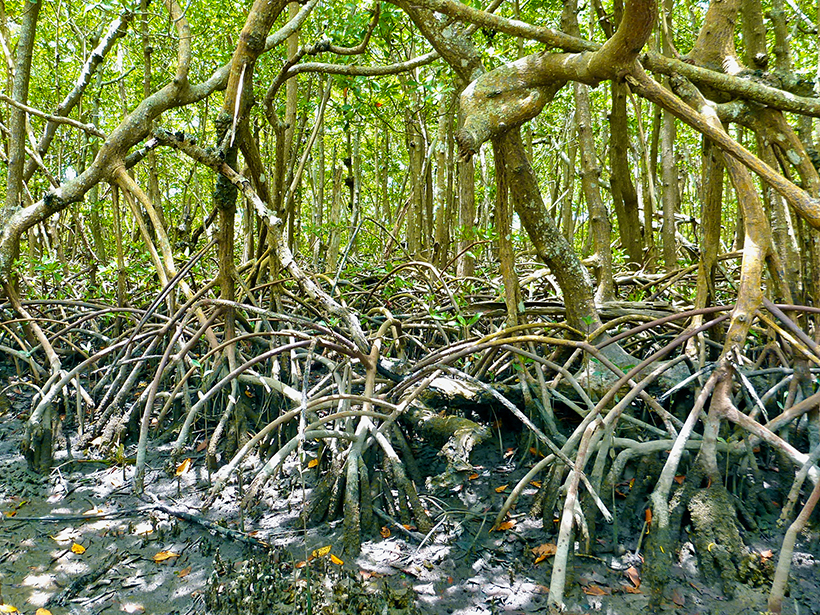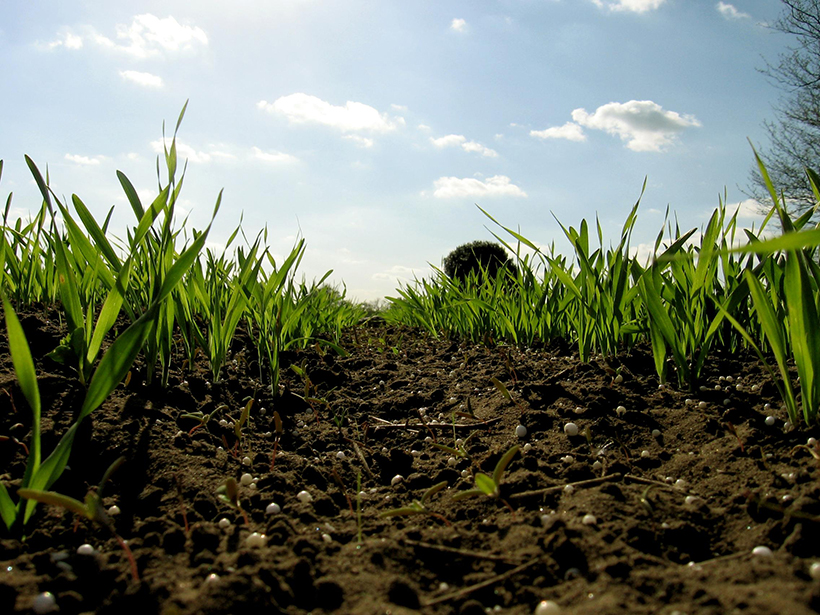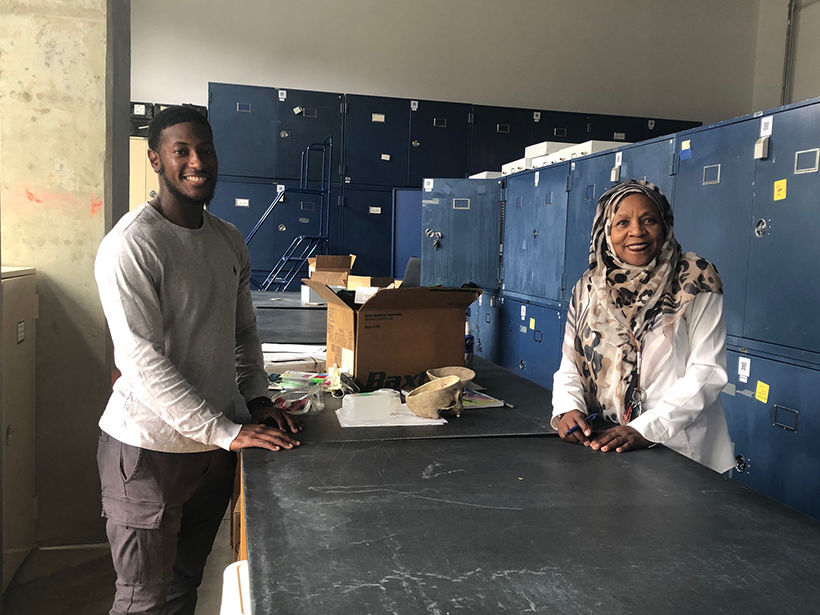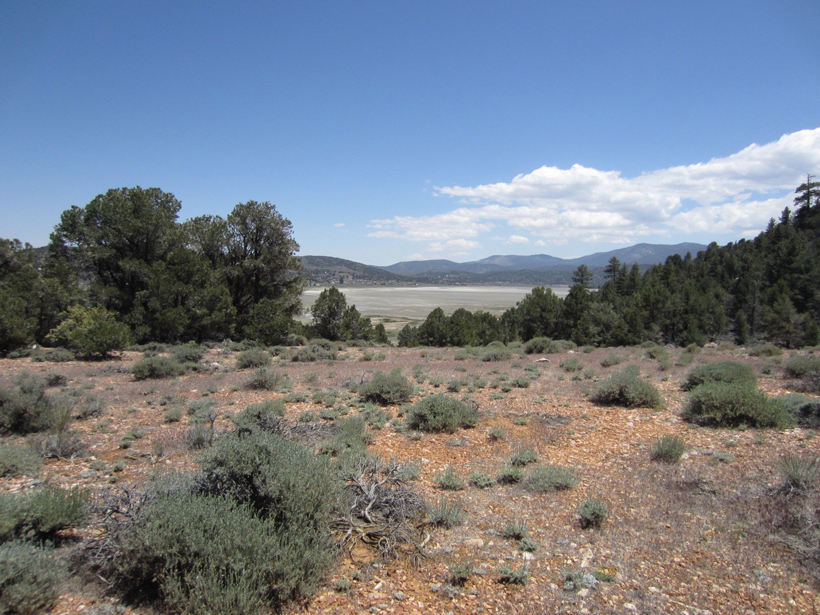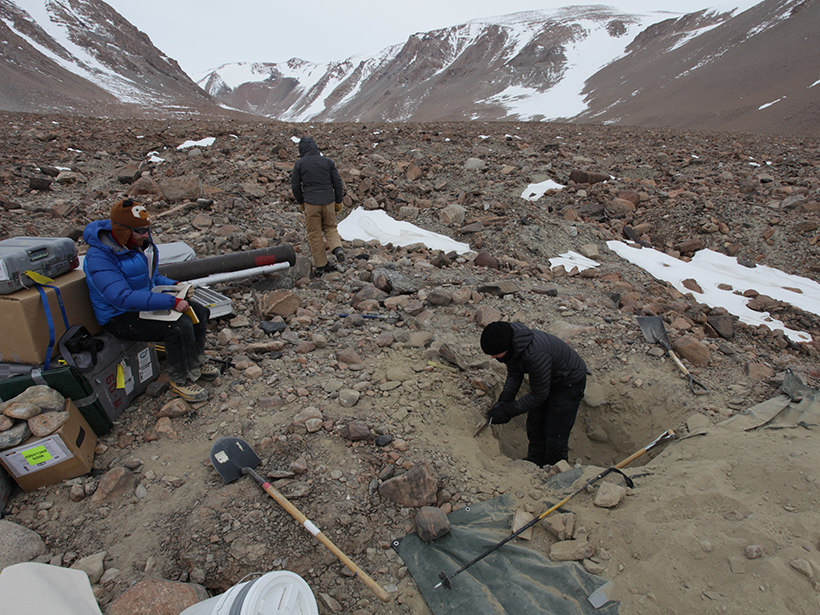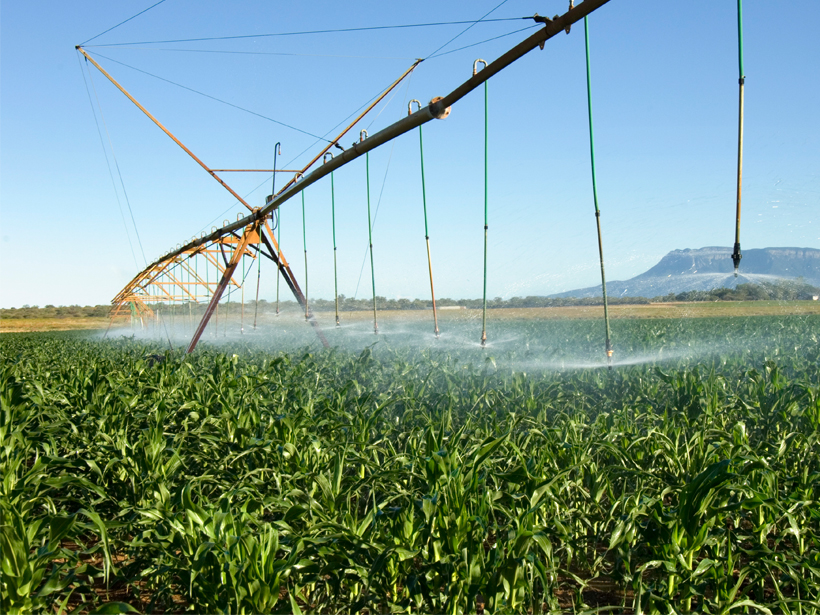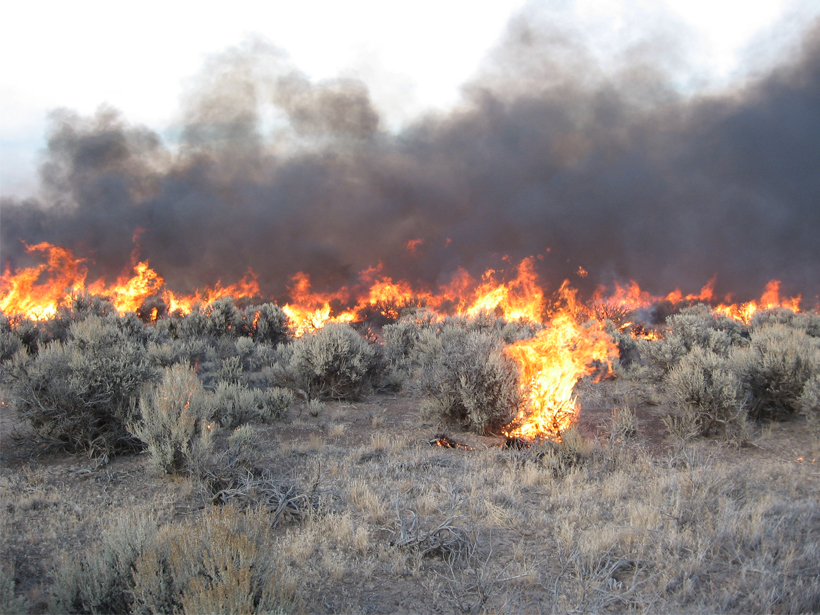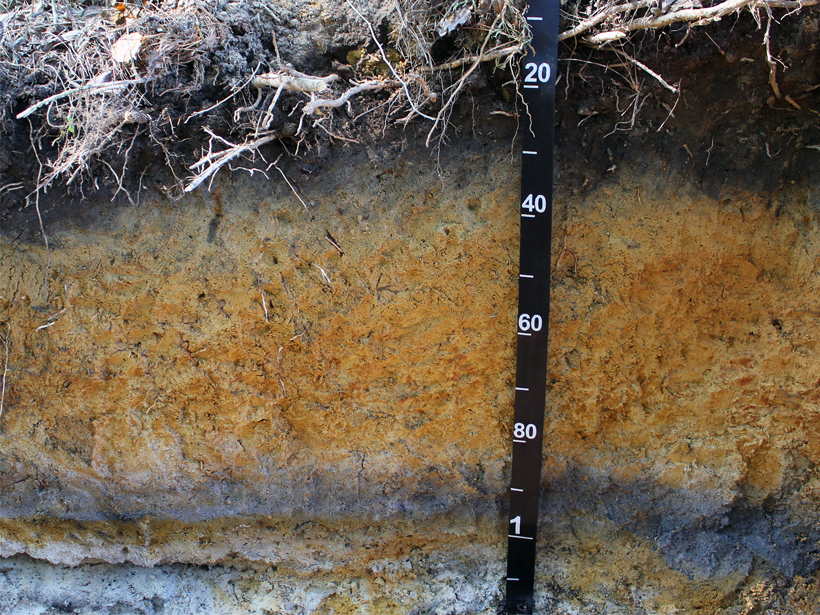For more than a century, carbon burial rates have been increasing on some southern Florida coasts. Scientists now verify this trend and propose an explanation.
soils
Human Composting Is a Greener Way to Go
Our environmental impact doesn’t go away when we die, but there’s a way to make that impact a positive one.
Podcast: Exhuming a Buried Piece of American History
Scientists are using grave soil to reconstruct the lives of enslaved Africans in colonial New York.
Southern California Climate Change over 100,000 Years
Researchers used a sediment core from a lake in California’s San Bernardino Mountains to track the effect of climate on vegetation, fire, and erosion between about 120,000 and 15,000 years ago.
Antarctic Ice Cores Might Be Older Than Dirt
Using cosmogenic nuclide dating, scientists determined a 10-meter core just below the surface to be over a million years old.
Repeating Famous Hillslope Experiment Provides New Insights
Repeating a famous hillslope experiment after 55 years shows that soil properties can change within several decades and highlights the importance of a leaky boundary for hillslope drainage.
Minireservoirs Could Save Farmers with Sandy Soils
A recently revived subsurface water retention technology could conserve water and drastically increase crop yields in arid landscapes with sandy soils like sub-Saharan Africa.
Rating Fire Danger from the Ground Up
Soil moisture information could improve assessments of wildfire probabilities and fuel conditions, resulting in better fire danger ratings.
A Dirty Truth: Humans Began Accelerating Soil Erosion 4,000 Years Ago
Recent research combining analysis of carbon dating, sediment accumulation rates, and pollen records from 632 lake beds worldwide finds deforestation tied to increased soil erosion.
Looking for Prehistoric Pollen? Check the Floodplains
A new methodology calculates the soil properties most likely to preserve pollen.

